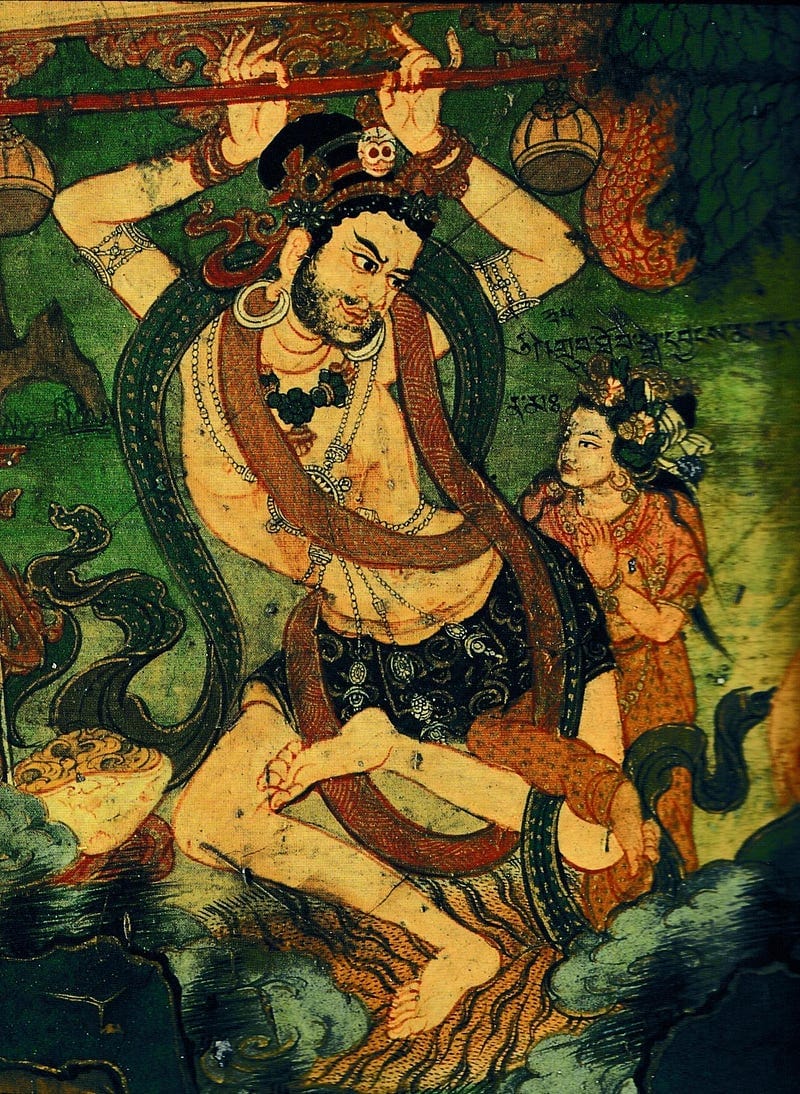What do you hear?
A close friend sent me a picture of one of the Eighty-Four “Masters of Mahamudra,” whose name was Vīnapā. Vīnapā accomplished Mahāmudrā by…

A close friend sent me a picture of one of the Eighty-Four “Masters of Mahamudra,” whose name was Vīnapā. Vīnapā accomplished Mahāmudrā by…
